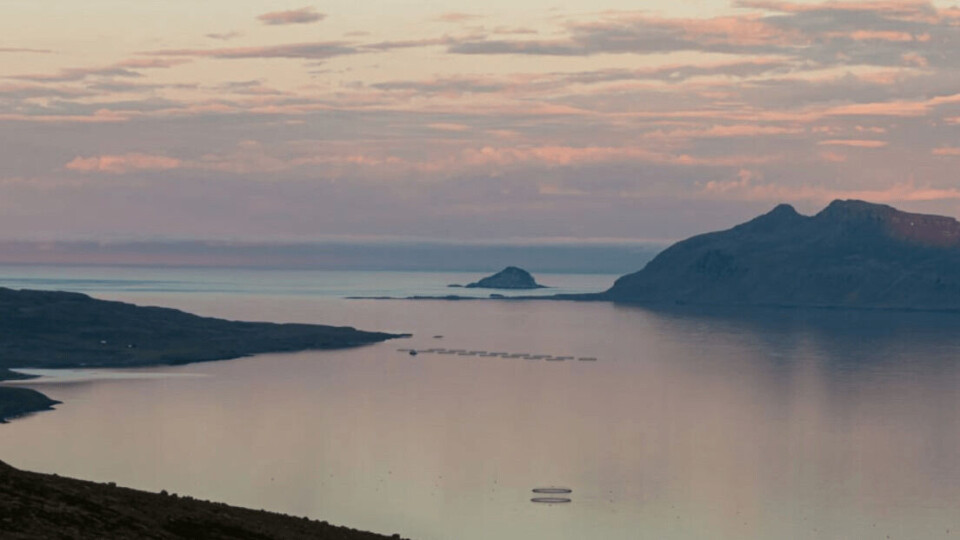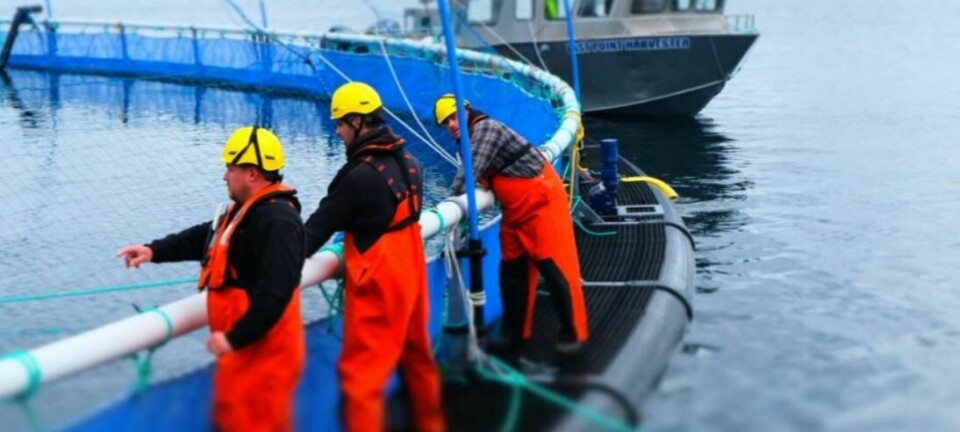
Merger will give salmon farmer the whole of Iceland’s east coast
Two salmon farmers that operate on Iceland’s east coast and are both majority-owned by the same wealthy Norwegian family have agreed to vote on a merger.
If the deal is approved next month, Ice Fish Farm AS will assume ownership of Laxar Fiskeldi ehf, with Laxar’s owners being compensated with newly issued shares in Ice Fish Farm.
The arrangement will leave the Måsøval family with a majority stake in Ice Fish Farm and means the combined company will hold all granted licenses on the east coast of Iceland with a total maximum allowed biomass of 36,800 tonnes (34,500 tonnes of fertile licences and 2,300 tonnes of sterile licences).
Five fjords
The licences are distributed over 15 sites in three different fjords: Berufjörður, Fáskrúðsfjörður and Reyðarfjörður. In addition, Ice Fish Farm holds total applications of 17,000 tonnes in Stöðvafjörður and Seyðisfjörður, bringing potential production up to five fjords.
The combined production for 2021 is expected to exceed 15,000 tonnes (HOG), including some volumes which were originally planned for 2022 but were harvested early due to winter wounds on Ice Fish Farm production and infectious salmon anaemia (ISA) confirmation in Reyðarfjörður for Laxar.
In a stock market announcement, Ice Fish Farm said the combined company will gain full access to the east fjords, which will be beneficial for future and stable growth.
Integrating operations
Ice Fish Farm and Laxar will integrate routines for operations, planning and biological control to realise the potential for significant synergies. Increased production efficiency and utilisation of licences is expected going forward.
The combined company will also have a unique platform to reduce and handle biological risk with an increased diversified production portfolio, said Ice Fish Farm. With six smolt facilities, three with post-smolt capabilities, the company will be self-sufficient in years to come with a yearly capacity of 10 million smolts.
“Ice and Laxar have been working together on harvesting and other parts of the value chain, as we are already working in the same geographic area,” said Ice Fish Farm chief executive Guðmundur Gíslason.
“The long-term goal is to create a company that delivers high quality premium salmon with high efficiency and full respect to nature. This starts with smolt. Both companies have huge capacity in producing large post-smolt to shorten farming time in sea.
“Second is fjords, sites and licences, where we now have full access of the areas and can join forces to plan and put up procedures that are going to deliver stable farming results, with emphasis on biological control, feeding, usage of sites and usage of equipment.
Increased volume
“With respect to harvesting, we have already gained synergies and will continue on building up more capacity to handle the increased volume that is coming. We have highly skilled people in both companies that will now put their minds together and make a plan for the future.”
Lars Måsøval, chief executive of Måsøval Eiendom AS which majority owns Laxar, said the proposed merger was a milestone in creating a strong salmon farming cluster in Iceland.
Måsøval Eiendom AS acquired its majority stake in Ice Fish Farm earlier this year by swapping shares in Norway Royal Salmon (NRS) with Norwegian salmon farmer Midt-Norsk Havbruk, which is owned by aquaculture, wellboats, shipping and service vessels company NTS ASA. The deal paved the way for NTS’s acquisition of NRS in August, which takes NTS close to its goal of producing 100,000 tonnes a year within the next three to five years.






















































